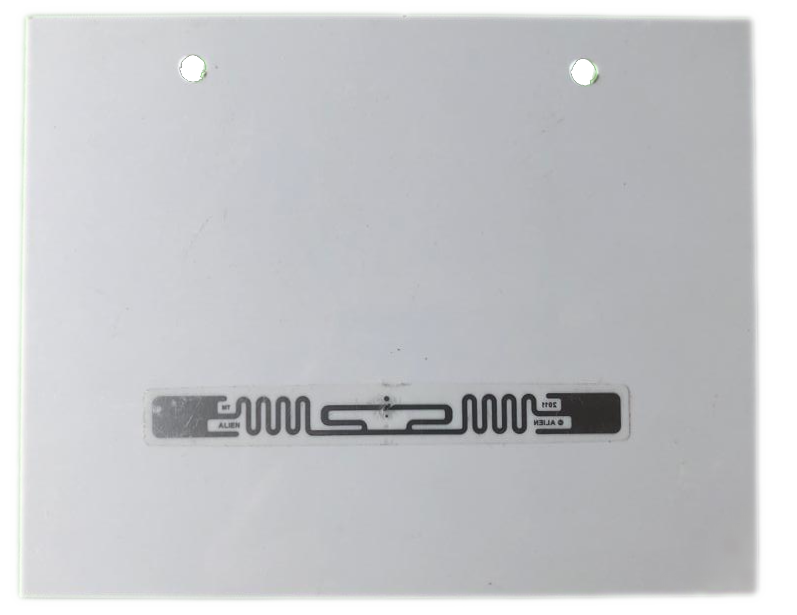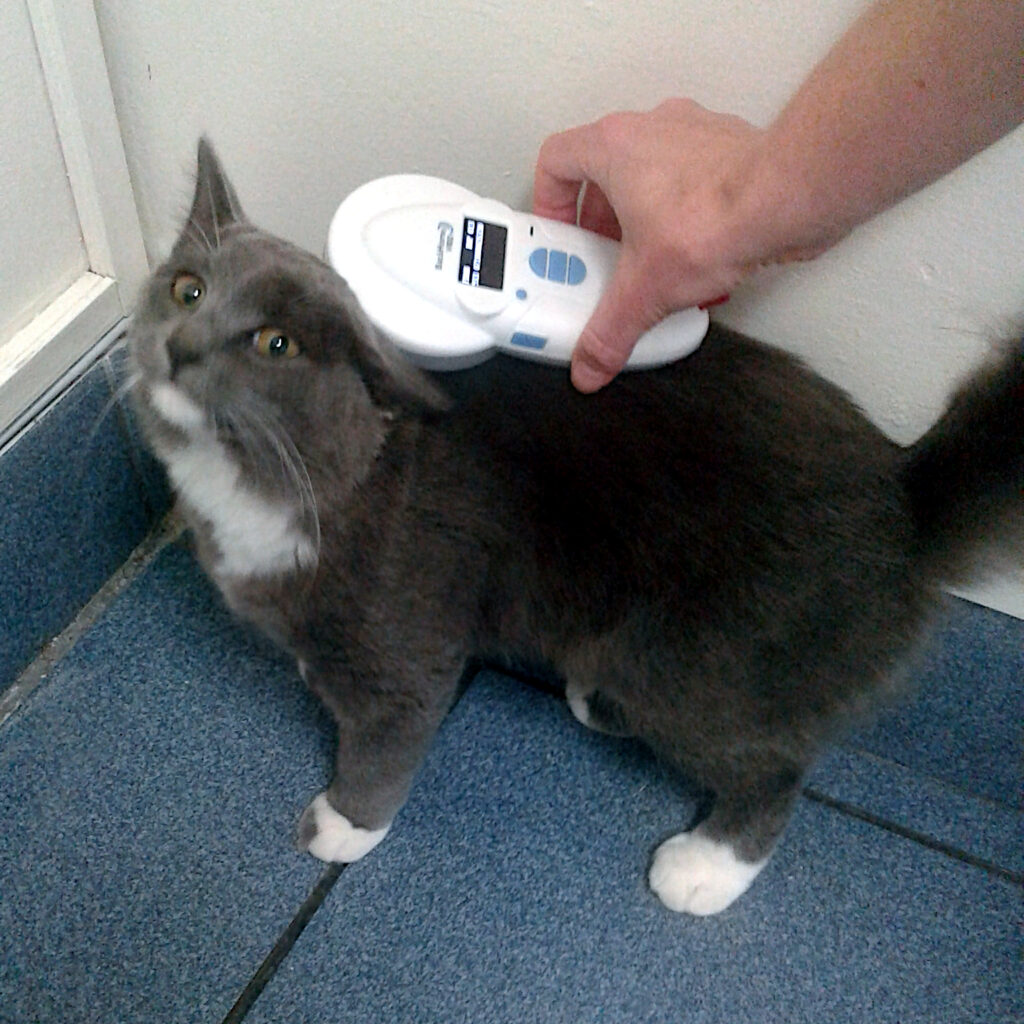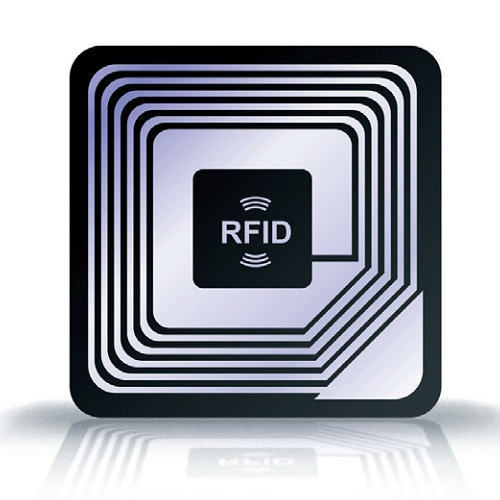Radio-frequency Identification (“RFID”) uses electromagnetic fields to automatically identify, and track tags attached to or embedded in objects. An RFID tag consists of a tiny radio transponder, a radio receiver, and a transmitter.
In this post:
Required knowledge:
1. Description
A passive RFID tag is powered by the RFID scanner so that it can transmit its signal; an active RFID tag must have its own battery to transmit its signal.
See the post Sports Timing System.
2. Uses
- Access Control: Access discs for business premises or residential complexes & buildings
- Tags scanned at access points to open gates & doors
- Security: Often attached to high-price items in-store to prevent theft
- Tag activates alarm at the door unless removed from the article
- Library books: librarians can check books in and out quickly and accurately with RFID tags embedded in the spine of the books
- Parcel tracking: items can be tracked, and the data can automatically be uploaded to a database system for point-to-point live tracking
- Shopping: much experimentation has been done with RFID tags in retail outlets where they are used to automate the checkout process
- Timing Systems: Used in sports races to time competitors
- Time is taken when crossing “mats” at start and finish lines (and points in between)
- Animal Chipping: A small microchip is inserted under the skin of the animal (pets, livestock, etc).
- The chip holds a unique ID number which can be scanned and looked up in an online database to find the contact details of the owner.
- Microchipped pets can be scanned at a vet or an animal shelter.




3. Advantages
When we discuss the advantages & disadvantages of a specific technology, we must bear in mind what alternative (if any) technologies could be used so that we may make a comparison. RFID tags are often used in place of barcodes.
- RFID tags are faster and easier to scan than barcodes as the tag just needs to come close to the scanner (the tag could be in a pocket or a bag)
- Multiple RFID tags can be scanned simultaneously
- RFID tags are durable & reusable
4. Disadvantages
- Barcodes require “line-of-sight” and must be brought close to the scanner
- Only one barcode can be scanned at a time
- Barcodes are often printed on stickers which come loose or are damaged and unreadable or are printed on material which folds, making the codes difficult or impossible to scan
Read more about this technology here: https://internetofthingsagenda.techtarget.com/definition/RFID-radio-frequency-identification
